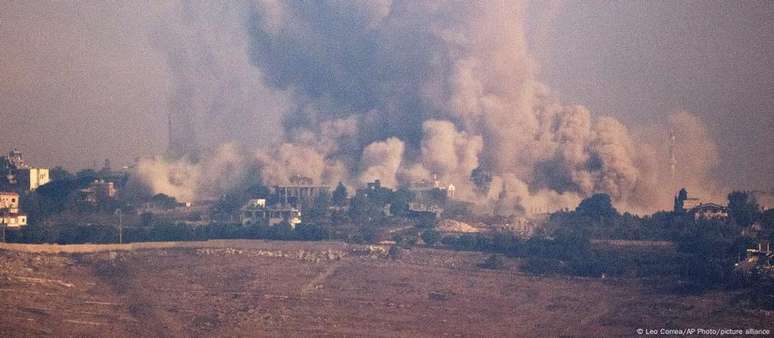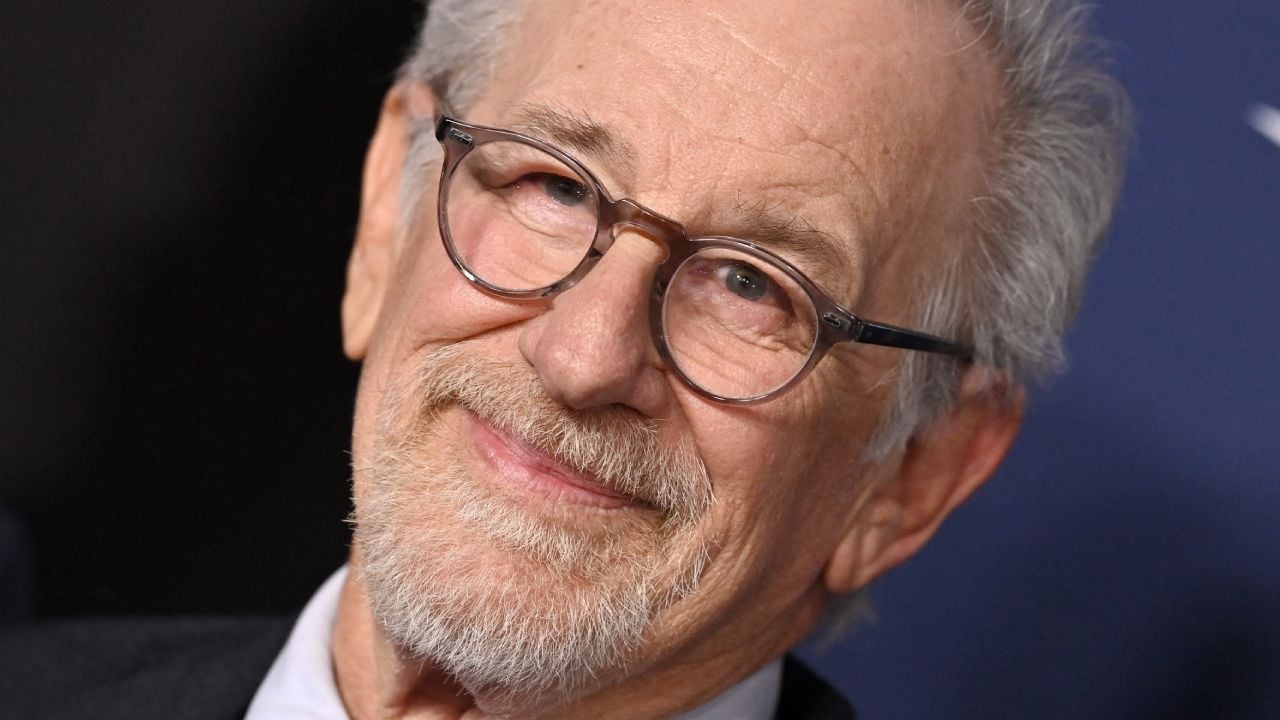Between Israeli air attacks and ground incursions, a complete vision of the conflict, including the locations of the bombings and the protagonists involved. In just ten days, the Middle East has experienced an escalating spiral of violence. Hezbollah leader Hassan Nasrallah was killed in an air strike, Israel began a ground offensive in Lebanon, and Iran fired about 180 ballistic missiles at Israel.
This escalation comes after nearly a year of cross-border skirmishes between Israel and Hezbollah – considered a terrorist organization by Israel, Germany, the United States and many other countries – which were previously limited to border regions, and adds to the ongoing war by Israel. against the Hamas group in the Gaza Strip.
On Saturday (05/10), the Israeli army reported that its forces had struck Hezbollah fighters inside a mosque adjacent to the Salah Ghandour hospital in southern Lebanon, run by the Islamic Health Committee, a medical organization affiliated with Hezbollah. Nine doctors were reportedly seriously injured after receiving warnings to evacuate the building.
Hezbollah confirmed that its members were clashing with Israeli forces in southern Lebanon and that it hit an Israeli tank with a missile near the border. Furthermore, it would have launched rockets against the Israeli air base of Ramat David, about 45 kilometers from the Lebanese border.
Thousands of cross-border attacks
Hezbollah began attacks on Israel nearly a year ago, claiming to be acting in solidarity with the Palestinians of Gaza, while Israel was waging a war in the enclave against Hamas, in response to the October 7, 2023 terrorist attack, October 1, 2024 Israel entered southern Lebanon with troops.
As the graph shows, the number of Israeli attacks against Lebanon tripled in the week preceding the ground operation, while Hezbollah counterattacks also increased, albeit to a lesser extent.
Israel has carried out around 8,300 attacks along the 120 kilometer border, almost four times the number launched by Hezbollah. The Israeli government says its military operations are aimed at preventing Hezbollah from firing rockets and drones across the border, as has happened almost daily over the past 12 months.
The group’s former leader Hassan Nasrallah, who was killed in an Israeli bombing on September 27, had said Hezbollah was not seeking a wider war but would respond to Israel’s actions. After his death, Hezbollah’s new leadership vowed to continue the fight, while Israel stepped up its airstrikes on Lebanon.
Airstrikes on Beirut and beyond
In recent days, Israel has stepped up airstrikes on Beirut, specifically targeting Dahieh, a Hezbollah stronghold on the city’s southern outskirts. This densely populated area, home to thousands of civilians, has been hit several times and Nasrallah himself was killed in an airstrike in the area.
Airstrikes by the Israel Defense Forces (IDF) along the border with Lebanon also intensified, seeking, according to the military organization, to dismantle Hezbollah’s infrastructure.
Additionally, targeting Hamas members, Israel bombed Tripoli, Lebanon’s second largest city, located in the north, about 80 kilometers from the border. Hamas announced on Saturday that an airstrike in Tripoli had killed one of its field commanders, Saeed Atallah Ali, along with his wife and two daughters.
In the eastern town of Saadnayel, near the Becaa Valley, another airstrike killed Muhammed Hussein al-Lawis, whom the Israeli army identified as Hamas’s “executive authority” in Lebanon.
Situation along the border
When the IDF began its ground incursion into southern Lebanon, commanders declared that their operations would be localized and targeted, with the goal of dismantling Hezbollah’s capabilities and preventing the militia from firing rockets and artillery at cities. northern Israel.
However, there are growing calls from Israeli extremists, including members of the government, for broader military objectives, such as the creation of a permanent “buffer zone” on Lebanese territory.
For example, Amichai Chikli, Israel’s minister of diaspora and anti-Semitism, even stated that “Lebanon, despite having a flag and political institutions, does not fit the definition of a country.” He added that it is imperative to eliminate enemy populations, stressing that this is both a security necessity and a moral imperative.
Israel has consistently called for Hezbollah to retreat beyond the Litani River, about 30 km north of the border established by the United Nations after the 2006 war. The IDF also ordered residents of 30 villages in southern Lebanon to move further north, beyond the Awali River.
Deaths and internally displaced persons
According to local authorities, the conflict has displaced 1.2 million people in Lebanon. Shelters for displaced people are at capacity, forcing many families to camp along Beirut’s waterfront or on nearby beaches. According to the Lebanese Ministry of Health, more than 2,000 citizens have been killed since 2023.
On the Israeli side, according to government reports, at least 34 people have died in northern Israel due to gunfire in the border region. Additionally, approximately 68,000 residents of northern communities remain displaced, according to the Knesset, Israel’s parliament.
The ground incursion resulted in increased military casualties in the IDF. On October 2, just a day after the invasion began, the IDF confirmed the deaths of eight soldiers, the first of the ground campaign. Hezbollah said on Friday it had killed 17 Israeli soldiers in clashes near the border.
Israel’s multi-front war
The conflict goes far beyond the border between Israel and Lebanon. Israel is now involved in military operations on several fronts, including Gaza, Lebanon and several other locations in the Middle East.
Iran, a major backer of Hezbollah, has directly intervened twice since April, attacking Israeli targets with rockets. The series of missiles fired on October 1 marked a significant escalation in the conflict, with Israeli Prime Minister Benjamin Netanyahu vowing swift retaliation as Iran had made a grave mistake and would pay the consequences.
What remains uncertain is both the duration of Israel’s multifront conflict in the future and the scope of its possible consequences. With hostilities involving multiple regional actors, the risk of a larger and more devastating war is great.
Source: Terra
Rose James is a Gossipify movie and series reviewer known for her in-depth analysis and unique perspective on the latest releases. With a background in film studies, she provides engaging and informative reviews, and keeps readers up to date with industry trends and emerging talents.






